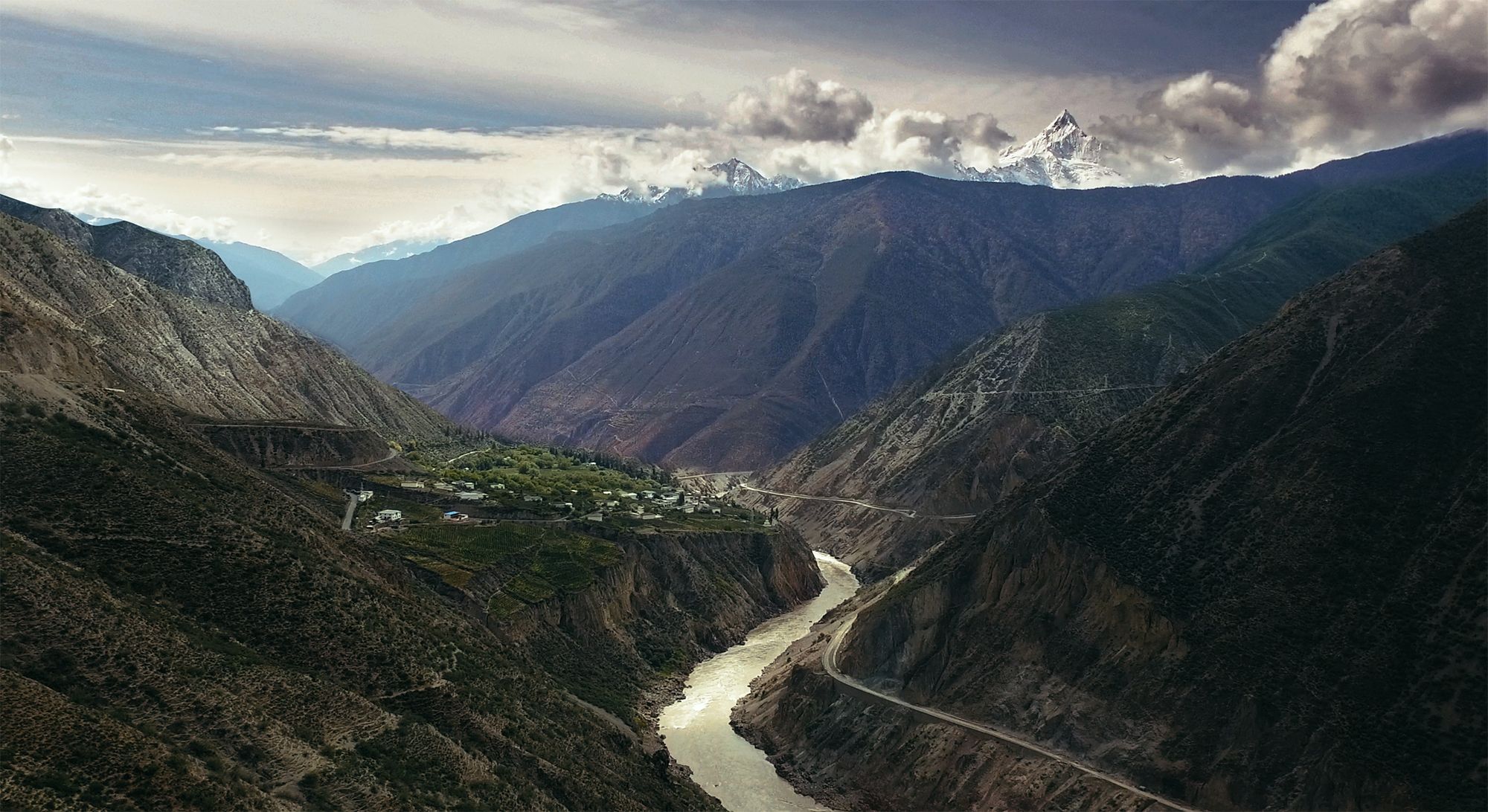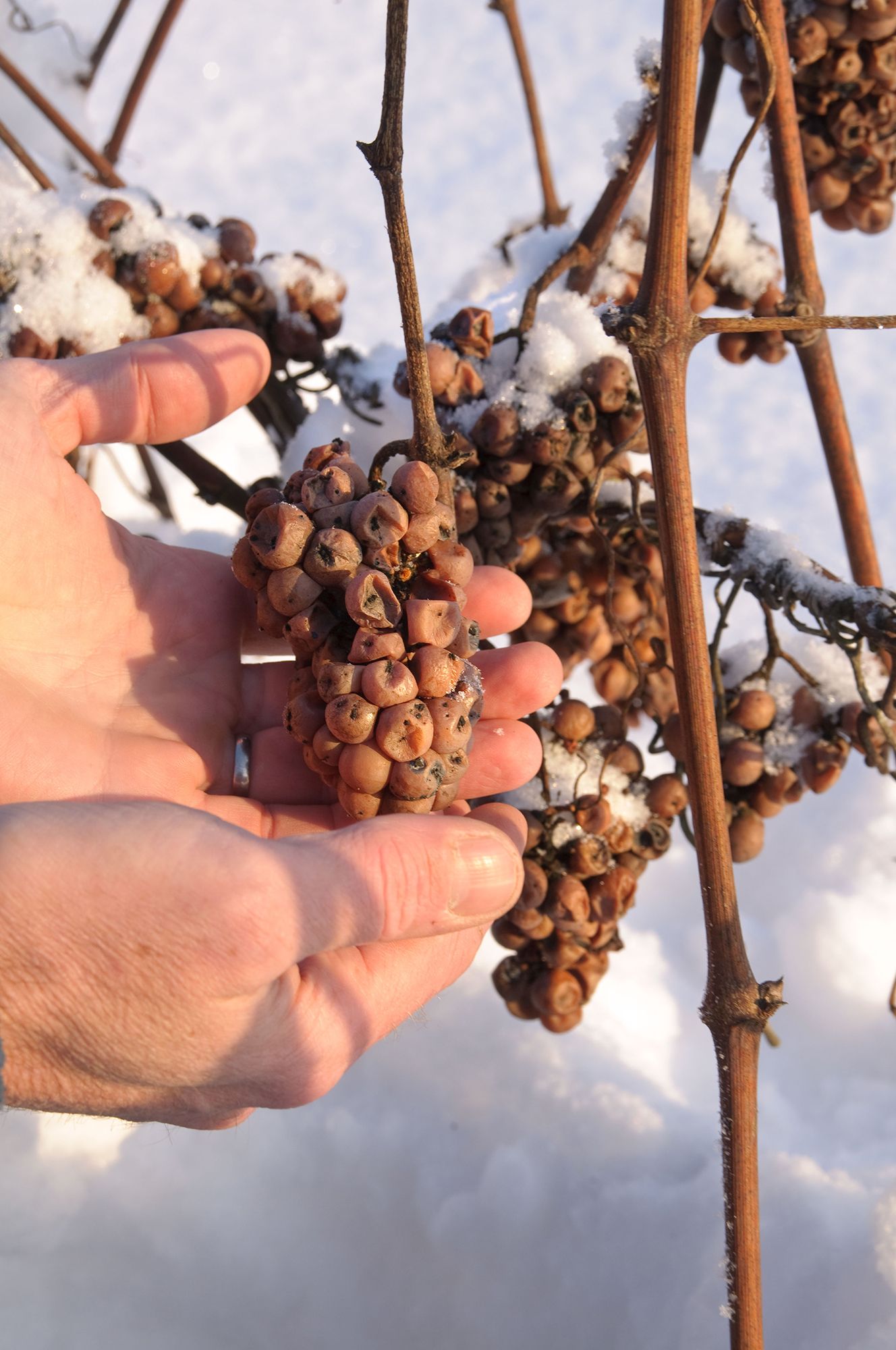Pioneering winemakers are taking vines to new frontiers—and delivering delights
In spring 2017, temperatures dropped to minus five in Morgex et La Salle in the Aosta Valley in northwest Italy. For three nights running, they persisted.
As a result, Cave Mont Blanc lost an entire year’s grape harvest. New vines of Roussin de Morgex, a native red grape that winemaker Nicola del Negro is experimenting with and which had been planted the year prior were killed, and while the vines of prié blanc, the vineyard’s mainstay, survived, there would be no grapes for a 2017 vintage.
These are the perils of making wine at the limits, yet many are taking such risks. And there are rewards to be reaped.
(Related: 10 Wonder Wines, According To James Suckling)

Cave Mont Blanc is nestled in the foothills of Mont Blanc, and is among the highest vineyards in Europe with vines planted between 1,000 and 1,200 metres above sea level. At these lofty heights, the indigenous prié blanc grape thrives, giving way to sparkling and white wines with searing acidity, dry minerality and fresh, crisp fruit flavours.
Vines have long been grown at altitude, often to offset hot climates, but they are increasingly going higher. Some of the loftiest vineyards in the world lie in Argentina, at heights greater than 3,000 metres above sea level, though the title of highest vineyard according to the Guinness Book of World Records is, in fact, the Pure Land & Super-High Altitude Vineyard, situated at 3,563m in Tibet, China.
(Related: Tatler Itinerary: Wine Tasting To Luxury Safari—How To See It All In South Africa)




